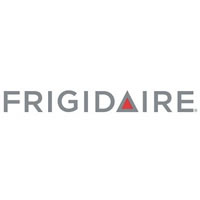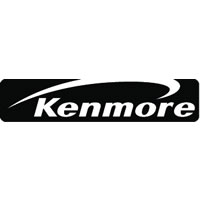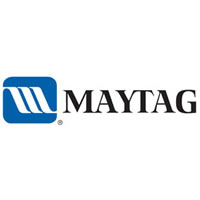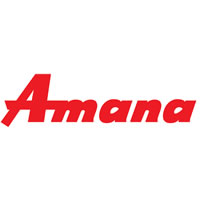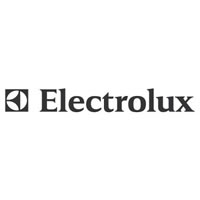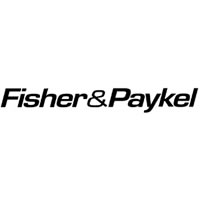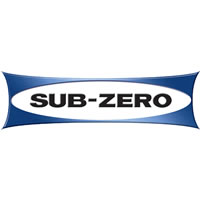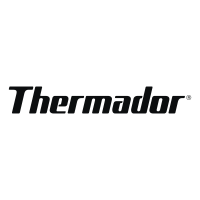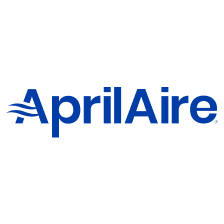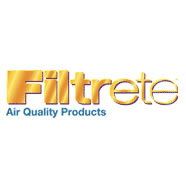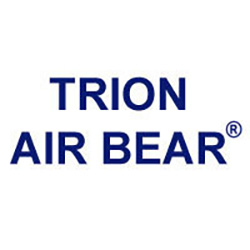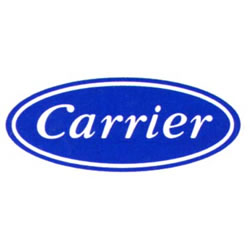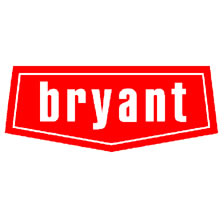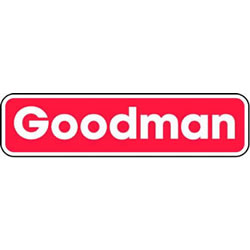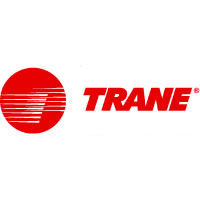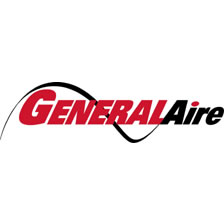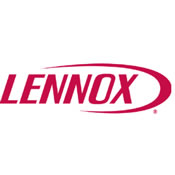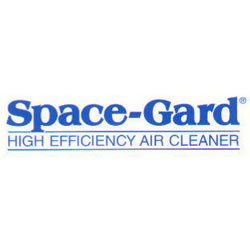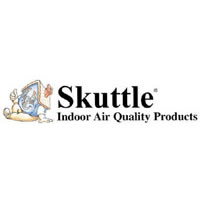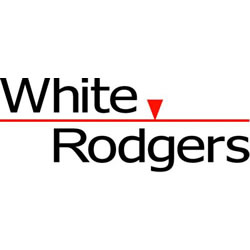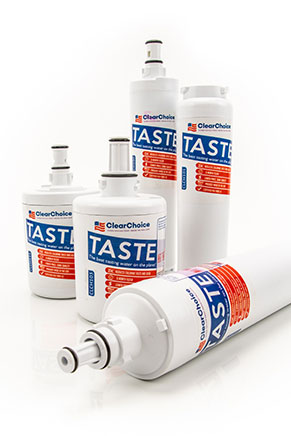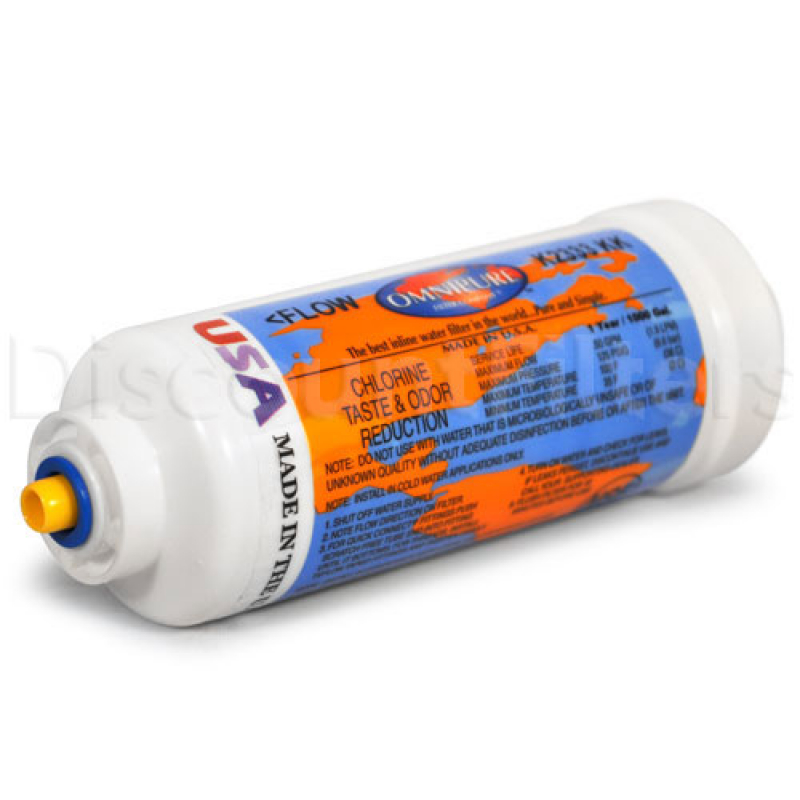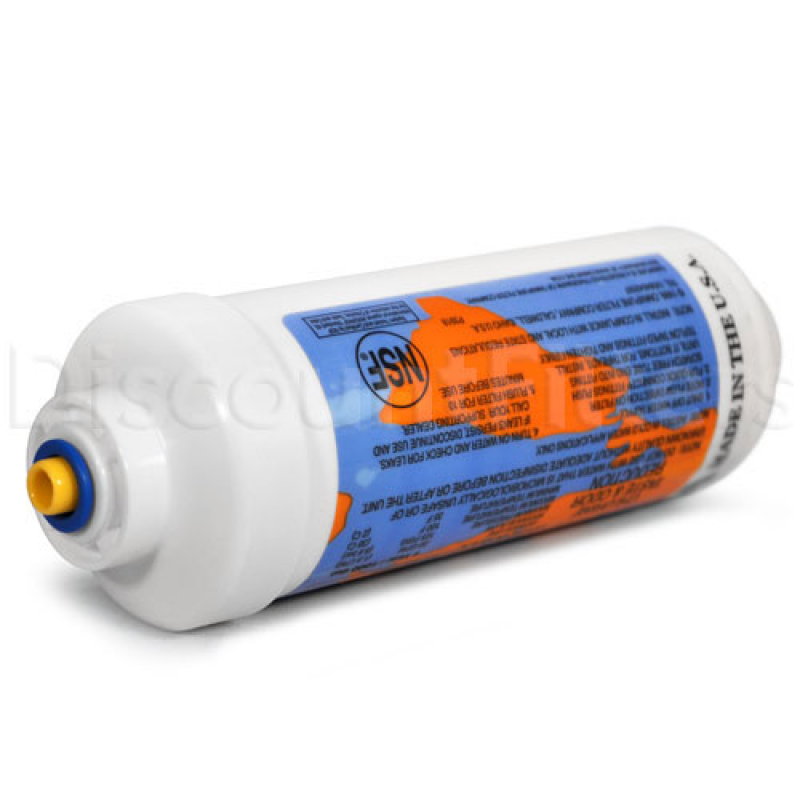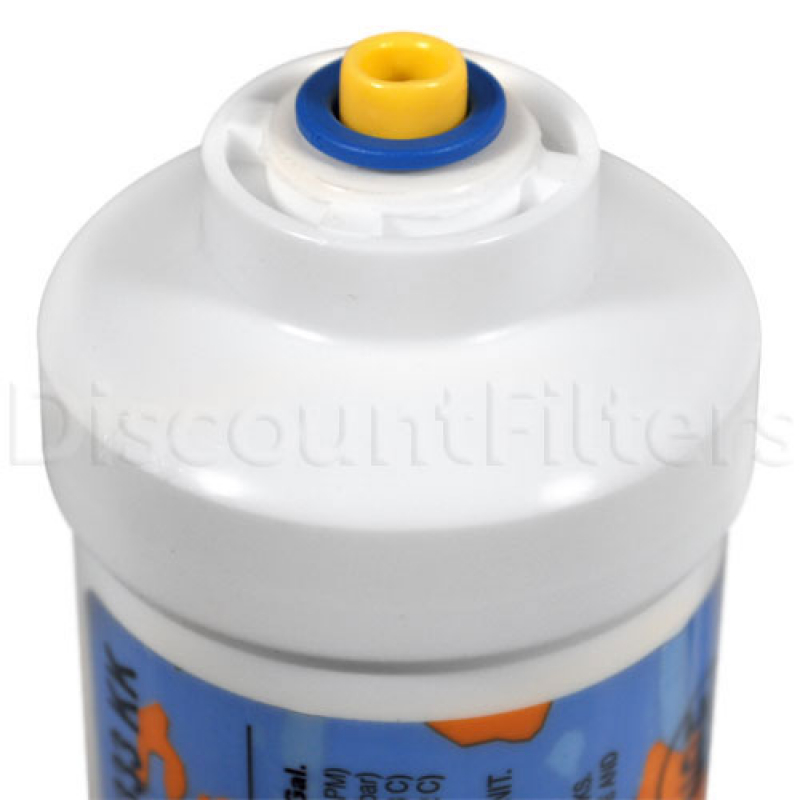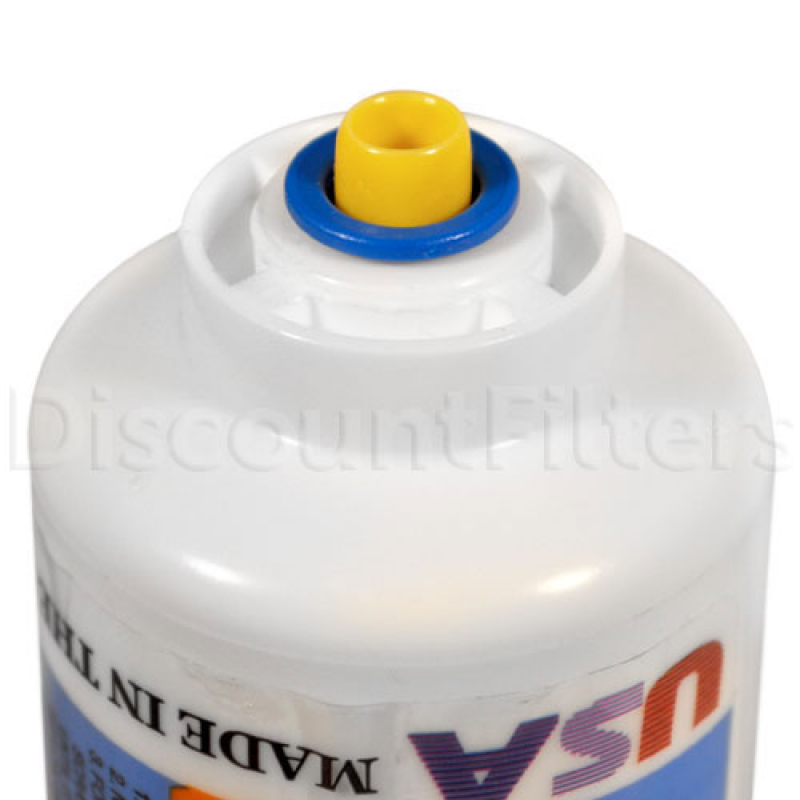Omnipure K2333-KK | Our#: 176730
Omnipure 6" K2333-KK In-line Chlorine Taste and Odor filter w/ 3/8" Quick Connect
Omnipure K2333-KK | Our#: 176730
- Free Shipping & Free Returns
- 100% Compatibility Guarantee
- NSF certified
- 6" K2333-KK In-line Chlorine Taste and Odor filter
- 3/8" Quick Connect
- Easy to Install
- Superior flow rate
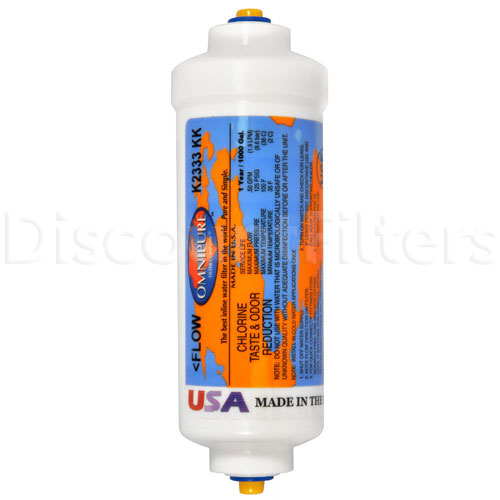
- Free Shipping & Free Returns
- 100% Compatibility Guarantee
- NSF certified
Frequently Purchased Together
Product Details
- Reduces Chlorine Taste and Odor
- .5 micron nominal filtration
- 1000 gallon capacity ( one year )
- 3/8" Quick Connect (QC) fittings
- Dimensions : 2" X 6"
- Certified to NSF Standard 42
- Used in several Culligan and Microline reverse osmosis systems
- Non-proprietary design connects to any 3/8" water supply tubing
All product names, logos, brands, trademarks and registered trademarks are property of their respective owners. All company, product and service names used on this page are for identification purposes only. DiscountFilters.com and National Trade Supply, LLC are not affiliated with these brands.



